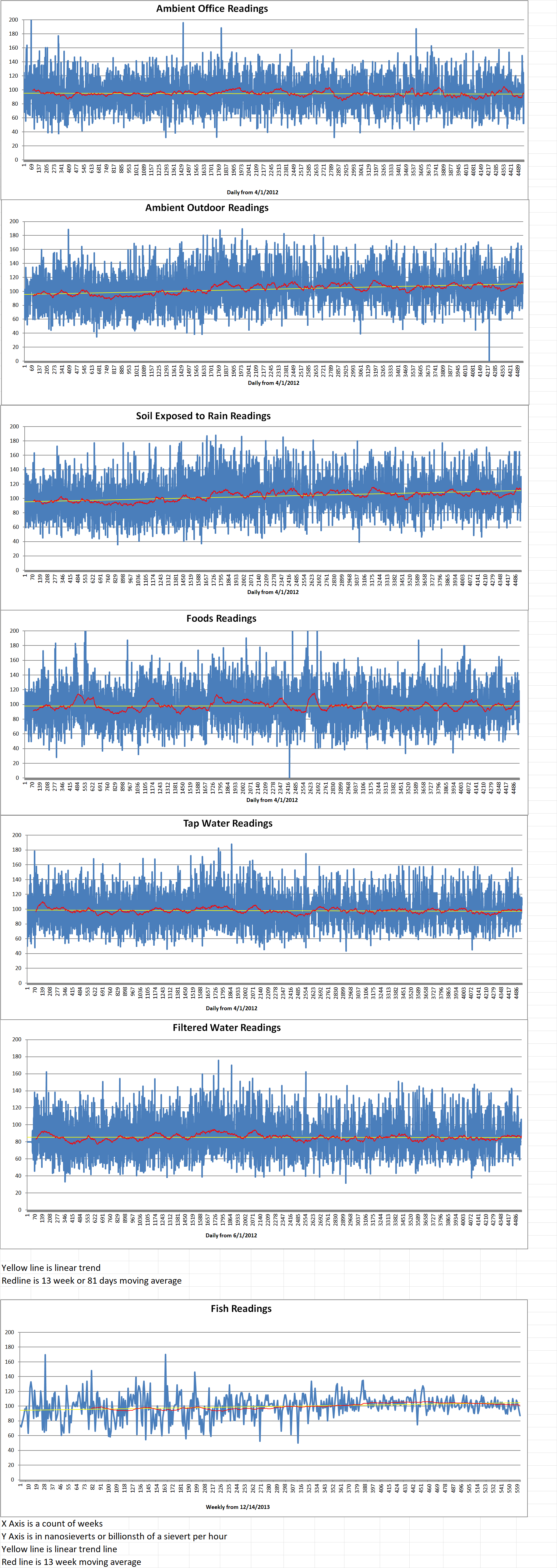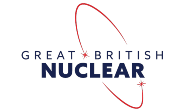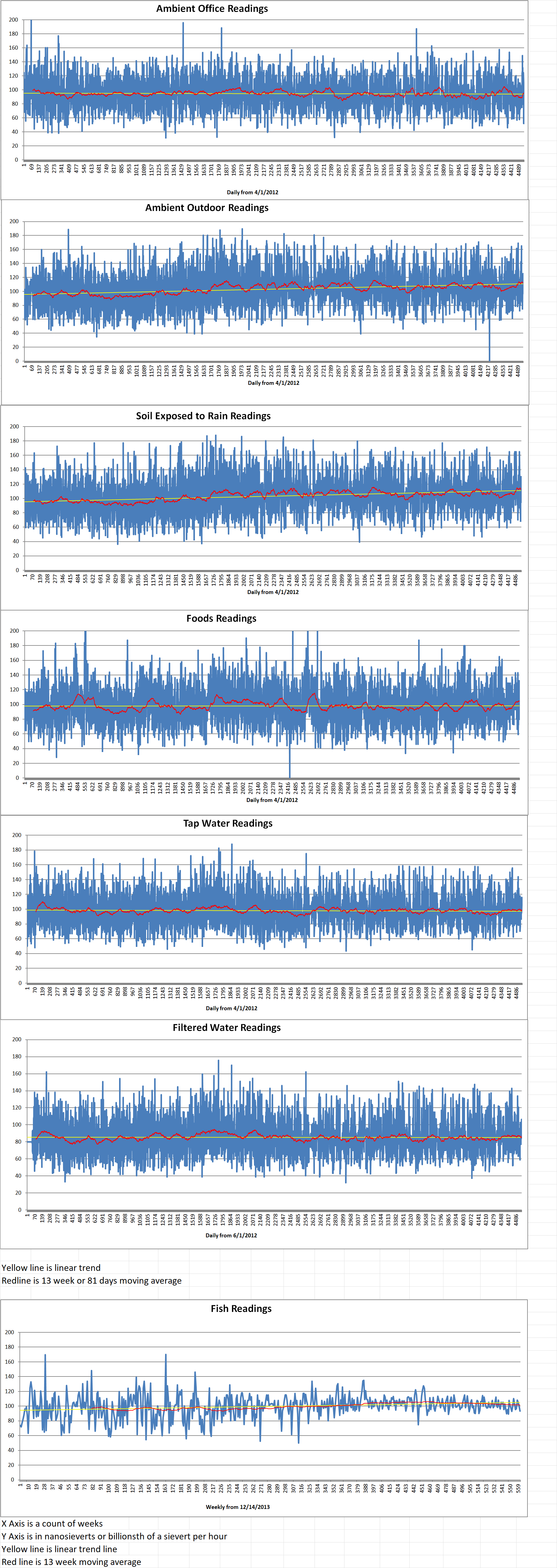
U.S. microreactor developer Aalo Atomics has launched the fifty-megawatt Aalo Pod “extra modular reactor” for powering data centers which is based on its Aalo-1 advanced reactor technology.
The Austin, Texas-based company says the Aalo Pod is “purpose-built to provide fast, reliable, clean, safe, and scalable on-site power for modern data centers”. The design of the Aalo Pod “resulted from countless hours of market research, past experiences, and customer conversations”.
Aalo Atomics said, “Each Aalo Pod contains five Aalo-1 reactors, is fully modular (both the reactor and the plant) and can scale seamlessly to gigawatts. With a small physical footprint and no need for external water sources, the Aalo Pod is easy to co-locate onsite with the data center. Aalo’s ability to mass manufacture and ship the entire Aalo Pod via standard shipping methods significantly shortens installation time. Additionally, Aalo-1 reactors are sodium-cooled and use proven-safe, readily available low enriched uranium fuel (LEU+).”
The Aalo Pod is built around fifty-megawatt modular blocks, scalable up to gigawatt levels. Its compact footprint is one hundred megawatts on less than five acres. It provides “unmatched site flexibility and optimal land utilization, far surpassing solar, wind, and conventional nuclear solutions”.
The company said it intends to deliver an Aalo Pod “within twelve months from order placement and a few months for each additional pod”.
Matt Loszak is the Aalo Atomics CEO. He said, “We believe that to address today’s massive data center market demand, another category of nuclear reactor is needed, one that blends the benefit of the factory manufacturing of microreactors, the power levels of small modular reactors, and the economic targets of a large reactor. We call this category XMR, with the ‘X’ representing extra flexibility and modularity.”
Last year, Aalo announced it had completed the design of the Aalo-1 which is a factory-fabricated ten-megawatt sodium-cooled microreactor using uranium zirconium hydride fuel elements. It is currently working on the construction of a non-nuclear test reactor (Aalo-0), at its Austin facility. It plans to build the Aalo Experimental reactor (Aalo-X), its first nuclear reactor, at the Idaho National Laboratory (INL) as part of its phased approach to development and deployment.
The launch of the Aalo Pod was announced as Aalo unveiled the first non-nuclear prototype of its Aalo-1 reactor, as well as a state-of-the-art manufacturing facility in Austin.
In December of last year, Aalo announced that it had received official approval from the U.S. Department of Energy (DoE) Idaho Operations Office to pursue DoE authorization to locate its Aalo-X experimental reactor at the INL site. DOE granted the company a Siting Memorandum of Understanding (MoU) earlier in 2024.
Aalo has signed a MoU with Idaho Falls Power that sets the stage for the deployment of seven Aalo-1 reactors, totaling seventy-five megawatts of power generation.
Aalo was also recently selected as one of four partners to develop up to one gigawatt of nuclear energy generation capacity at the Texas A&M Rellis Campus.
Loszak said, “We are aiming to do for nuclear reactors what Henry Ford did for cars. Currently, many utilities are shying away from building large nuclear plants because of the uncertainty in cost and schedule. By making reactors in factories, we make the process fast, repeatable, and predictable, decreasing costs without sacrificing quality or safety.”
Aalo Atomics






